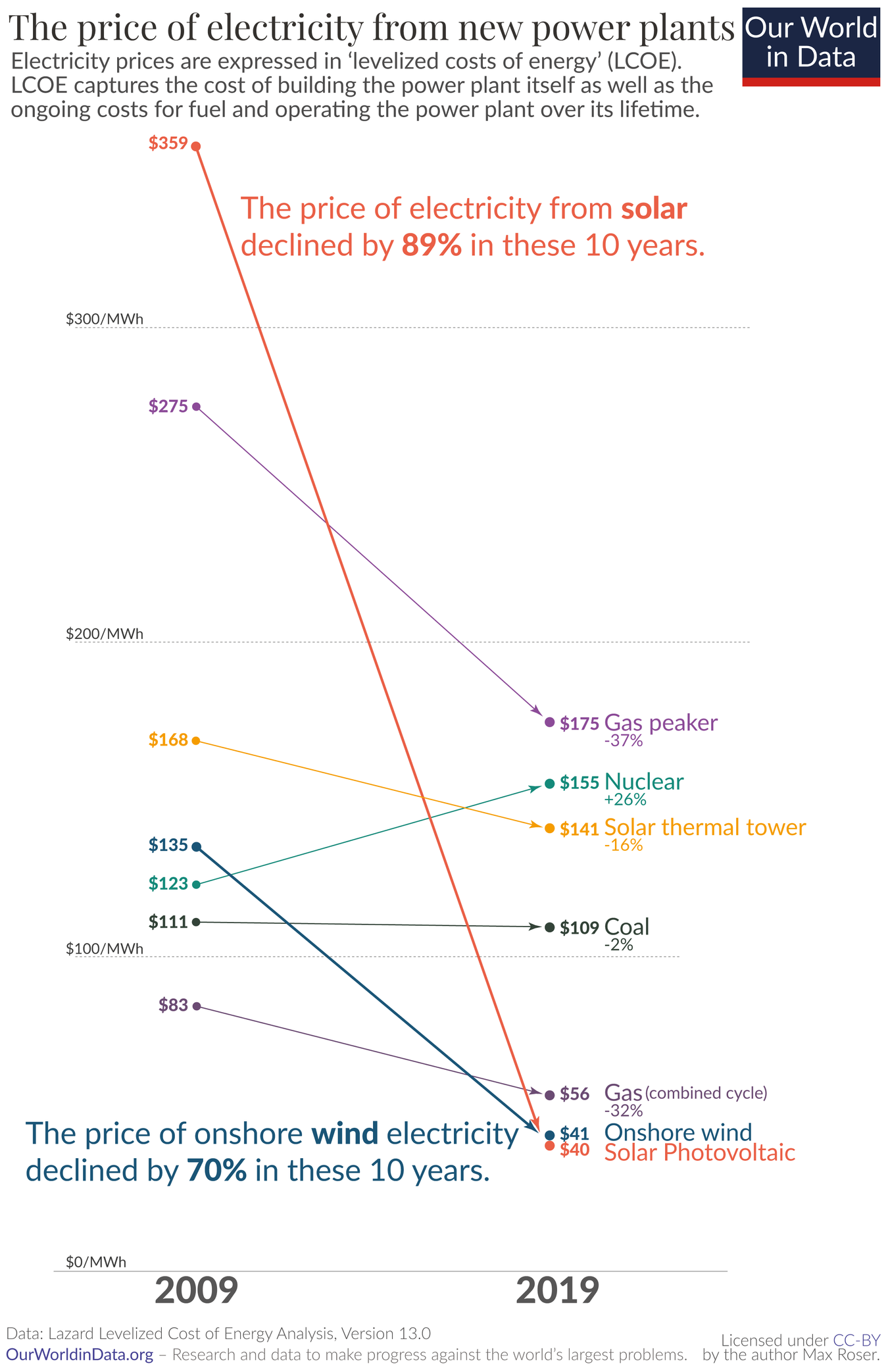Technology
This is the official technology community of Lemmy.ml for all news related to creation and use of technology, and to facilitate civil, meaningful discussion around it.
Ask in DM before posting product reviews or ads. All such posts otherwise are subject to removal.
Rules:
1: All Lemmy rules apply
2: Do not post low effort posts
3: NEVER post naziped*gore stuff
4: Always post article URLs or their archived version URLs as sources, NOT screenshots. Help the blind users.
5: personal rants of Big Tech CEOs like Elon Musk are unwelcome (does not include posts about their companies affecting wide range of people)
6: no advertisement posts unless verified as legitimate and non-exploitative/non-consumerist
7: crypto related posts, unless essential, are disallowed
view the rest of the comments

Yes and no, the progress of solar array technology continues unabated, with multiple areas of research that are beginning to reach commercial applications. Module conversion efficiencies now are in the 20% range, but heterojunction cells, or Gallium Arsenide, or Perovskites, or any number of other possible advancements could easily put efficiencies up into the 30% range.
That being said, the price of the solar modules themselves has already shunk to a small piece of the cost to build a solar array, with the bulk of the costs now being the support structures, wiring, electrical equipment, labor, development, etc. And those costs aren't going to decline, they'd still be there even if the solar panels themselves were free, so they effectively set a floor to the cost reductions we're seeing.